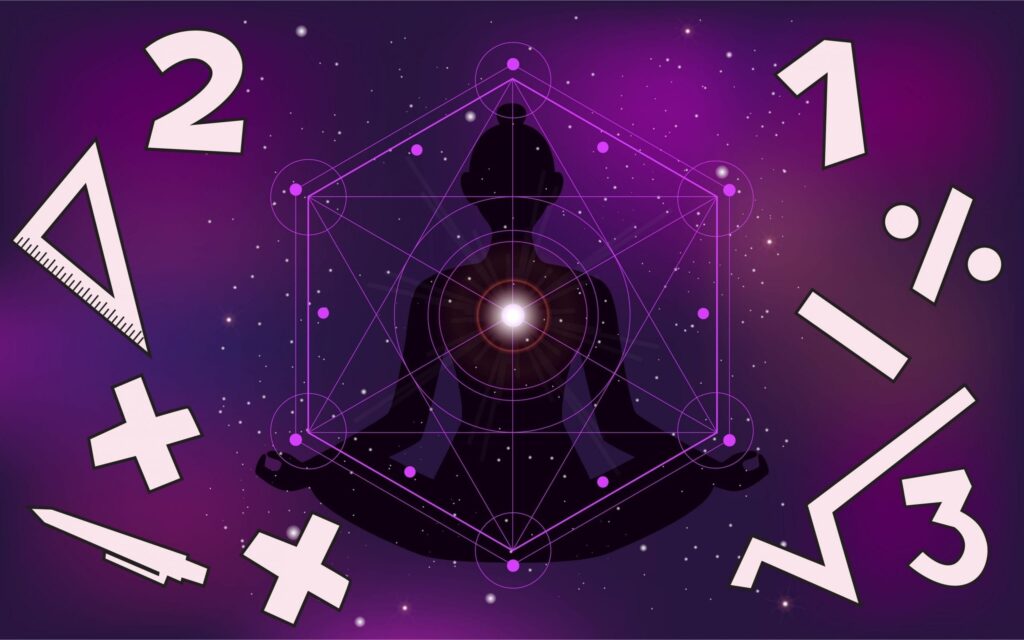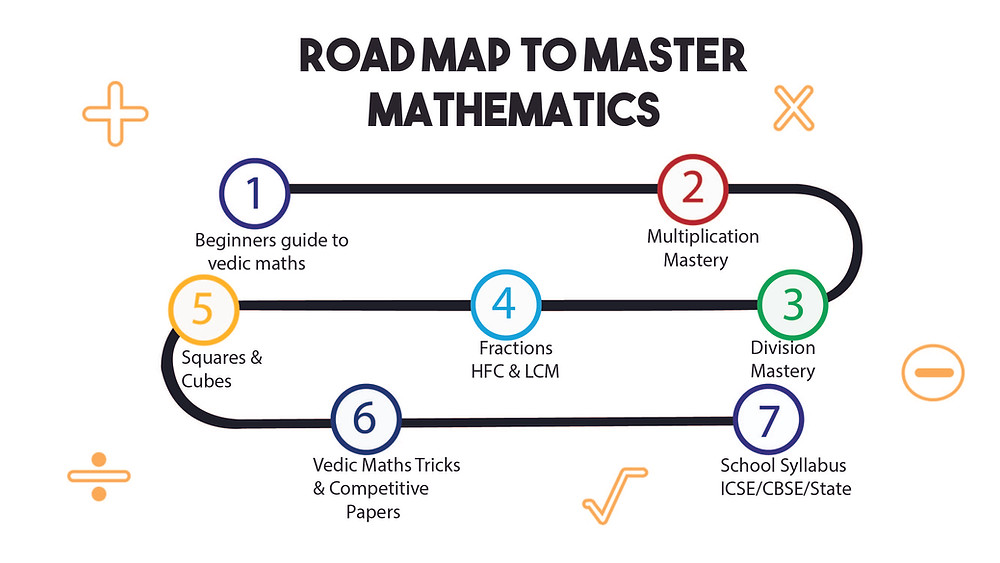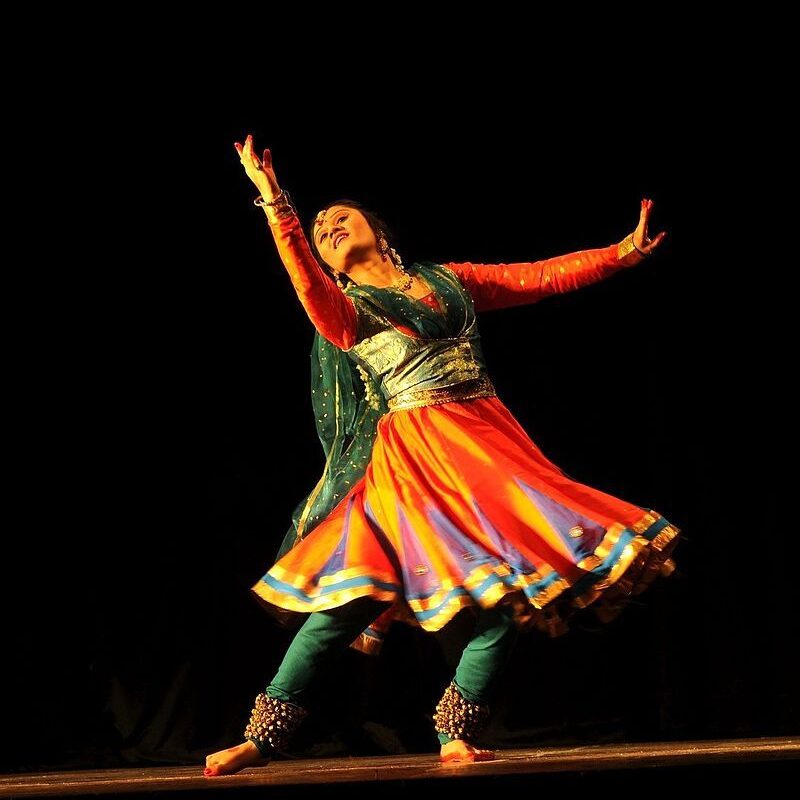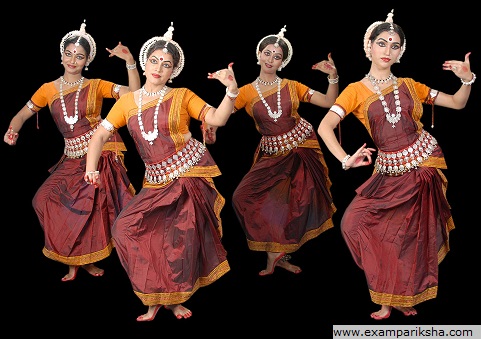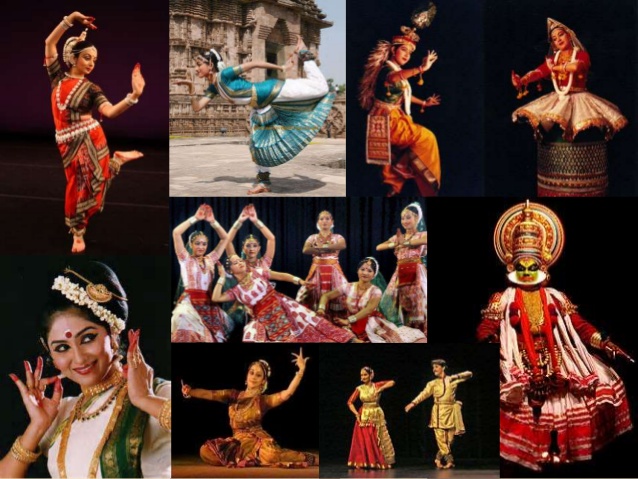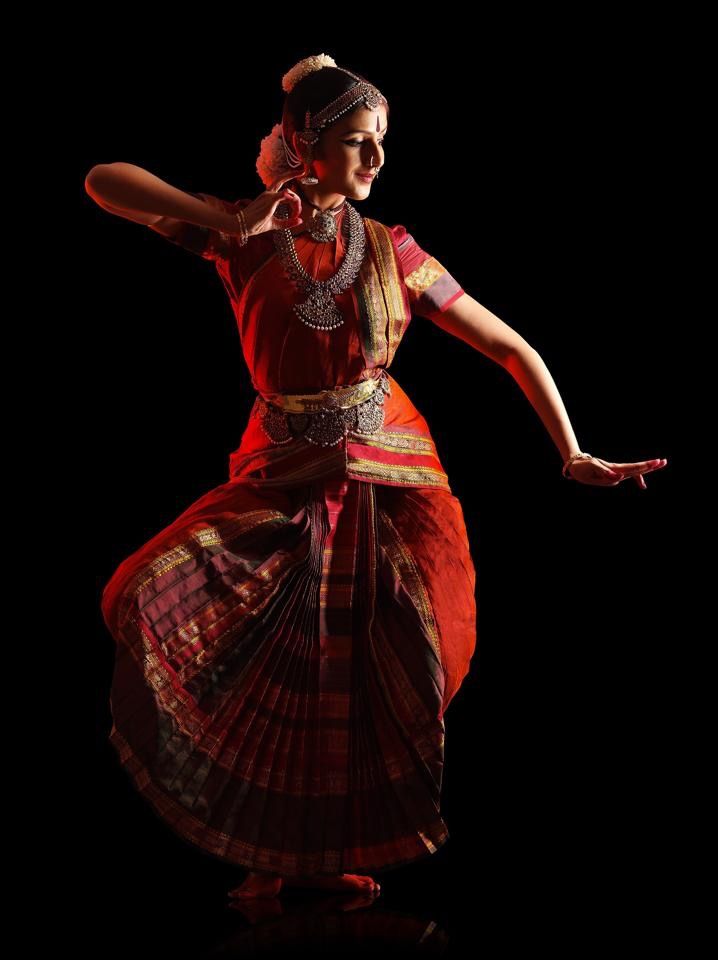In the fast-paced whirlwind of modern life, where the demands of work, family, and other responsibilities often leave us feeling drained and overwhelmed, it’s easy to overlook the importance of carving out time for ourselves. In chaos, hobbies offer a strong antidote to stress and anxiety, promoting mental wellness amidst the hustle and bustle. These cherished pastimes, whether it be painting, gardening, playing an instrument, or engaging in sports, hold the key to unlocking a realm of mental health benefits that can rejuvenate the mind, body, and soul.
Hobbies are more than just pastimes, they’re tools for promoting mental, emotional, and physical health. Research has shown that hobbies can reduce stress, enhance mood, increase self-esteem, and improve overall quality of life. We can have a sense of calm and tranquillity while taking a break from the stresses of daily life by engaging in activities we love.
Gardening, for example, allows us to embrace the healing touch of nature. Attention Restoration Theory suggests that nature provides mental respite and recovery from cognitive fatigue. The act of gardening involves nurturing plants, which in turn nurtures our health by encouraging physical exercise and social interaction. Such activities contribute to an improved sense of community and well-being.
Similarly, creative hobbies like painting, writing, or playing an instrument, are deeply intertwined with our health. The connection between art, healing, and well-being is well-documented. Art invites us to delve deeper into our emotional and spiritual dimensions, allowing us to process feelings and experiences in a transformative way. As we create, we find congruence between our emotions and thoughts, a process essential to healing and mental well-being.
Even simple hobbies like knitting or baking can be seen as acts of mindfulness—an escape from the incessant rhythm of everyday life. As we concentrate on patterns or recipes, we step into a meditative-like state, reducing stress and anxiety, while boosting happiness and satisfaction.
Engaging in recreational arts for as little as two hours per week has been shown to significantly enhance mental well-being. This “art dose” is likened to the public health campaigns that promote physical activity for good health. Timely involvement in creative activities can have a lasting and beneficial impact on your mental health and serve as a potential route to well-being.
In addition to providing relaxation and emotional expression, hobbies also stimulate our cognitive processes. Engaging in activities that challenge our minds, such as puzzles, learning new languages, or playing strategy games, can enhance our mental agility and boost overall well-being. Hobbies offer a break from routine tasks and allow our minds to explore new possibilities and perspectives.
Furthermore, pursuing hobbies fosters personal growth and enhances self-esteem. As we challenge ourselves, learn new skills, and accomplish goals within our hobbies, we develop a sense of competence and achievement. This sense of accomplishment boosts our self-esteem and confidence, leading to greater overall satisfaction with ourselves and our lives.
Beyond individual benefits, hobbies also facilitate social connection and community engagement. Joining hobby clubs, classes, or community groups provides opportunities to meet like-minded individuals and forge meaningful relationships. Engaging in group activities promotes socialization, reduces feelings of loneliness and isolation, and strengthens support networks, all of which are vital for our mental and emotional well-being.
When it comes to choosing the right hobby, it’s important to reflect on your interests and passions. What activities bring you joy and fulfilment? What subjects or topics have always intrigued you? By selecting a hobby that aligns with your interests, you’re more likely to stay motivated and engaged.
If you’re new to hobbies, it’s helpful to start small and gradually explore different activities. Setting realistic goals for your hobbies can provide a sense of direction and purpose while making time for them in your daily or weekly routine ensures that you prioritize self-care.
In conclusion, incorporating hobbies and leisure activities into our lives can have a profound impact on our mental well-being. Whether it’s painting, gardening, playing an instrument, or any other activity that resonates with you, finding the hobby that brings you joy is the key. Embrace the healing power of hobbies and experience the positive impact they can have on your mental well-being.




